At Commonwealth Contractors, our approach to building mirrors my personal philosophy on life, blending practicality with a touch of ingenuity. With a deep respect for classical building principles and a keen eye for modern improvements, you can rest assured that when you collaborate with Commonwealth Contractors, your project will be managed with quality and integrity.
.svg)


The closing decades of the 19th century brought a burst of creativity and exuberance to Virginia’s architectural landscape. Victorian and Queen Anne styles, with their eclectic forms, intricate ornamentation, and embrace of new technologies, transformed the appearance of homes, public buildings, and neighborhoods across the state. These styles reflected the optimism, prosperity, and social change of the Gilded Age, offering homeowners a chance to express individuality and status through architecture. This article explores the origins, defining features, major architects, and enduring legacy of Victorian and Queen Anne architecture in Virginia, with a focus on the region’s most celebrated examples.
In the heart of Charlottesville, VA, Commonwealth Contractors are established experts in restoring, renovating, and building homes that honor Virginia’s Victorian and Queen Anne architectural heritage. If you have any questions after reading this guide, please reach out.
The Victorian Era in Virginia: A New Age of Design
Industrialization, Innovation, and Social Change
The Victorian era, spanning roughly from 1837 to 1901, was a time of rapid industrialization and urbanization in America. In Virginia, the post-Civil War period saw renewed economic growth, the rise of a new middle class, and the spread of railroads and manufacturing. These changes brought new materials, construction techniques, and design ideas, fueling an explosion of architectural variety and ornamentation.
Victorian architecture in Virginia encompasses a range of styles, including Italianate, Second Empire, Stick, Eastlake, and, most notably, Queen Anne. The Queen Anne style, in particular, became the dominant mode for residential design in the late 19th century.
Defining Features of Victorian and Queen Anne Architecture
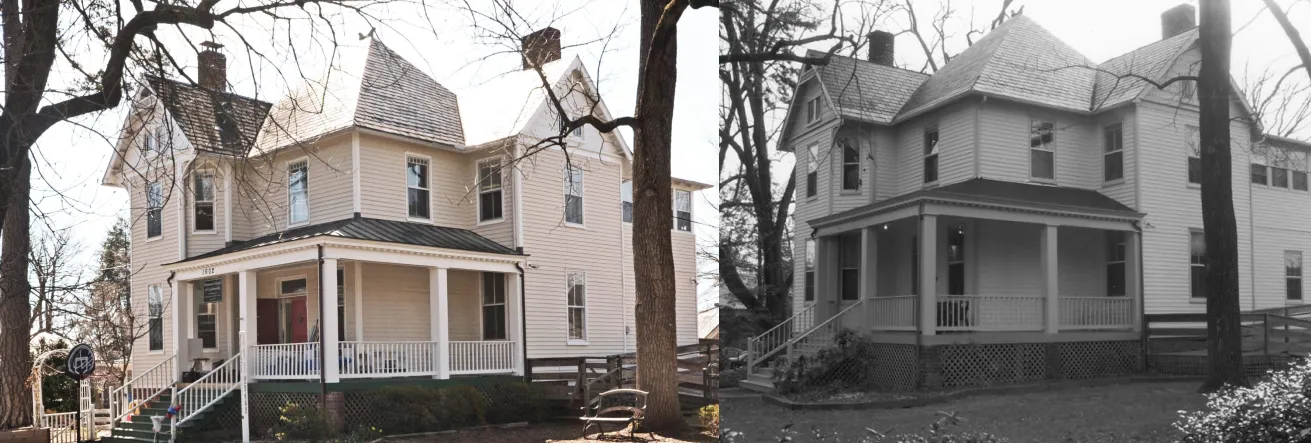
Eclecticism and Individuality
Victorian and Queen Anne homes are celebrated for their variety and creativity. Rather than adhering to strict classical rules, these styles encouraged asymmetry, complex forms, and a mix of decorative elements. Key features include:
- Irregular, asymmetrical facades: Towers, turrets, projecting bays, and wraparound porches create dynamic silhouettes.
- Variety of textures and materials: Brick, wood, stone, and decorative shingles are often combined in a single building.
- Ornate woodwork: Spindlework, brackets, balustrades, and patterned bargeboards add visual interest.
- Stained glass and decorative windows: Leaded, colored, or etched glass is used for transoms, sidelights, and prominent windows.
- Multiple rooflines: Steeply pitched roofs, gables, dormers, and chimneys punctuate the skyline.
- Vibrant color schemes: Advances in paint technology allowed for bold, multi-hued exteriors.
Queen Anne Style: The Pinnacle of Victorian Design
The Queen Anne style, popular from the 1880s through the early 1900s, is the most exuberant and recognizable of the Victorian-era styles. Hallmarks include:
- Towers and turrets: Round, square, or polygonal towers add vertical emphasis and drama.
- Wraparound porches: Often with turned posts, decorative brackets, and intricate railings.
- Variety of window shapes: Bay windows, oriels, and stained glass panels.
- Decorative chimneys: Often with corbelled brickwork or Jacobean details.
- Shingle style elements: Some Queen Anne homes feature shingled upper stories or gables for added texture.
Notable Victorian and Queen Anne Examples in Virginia
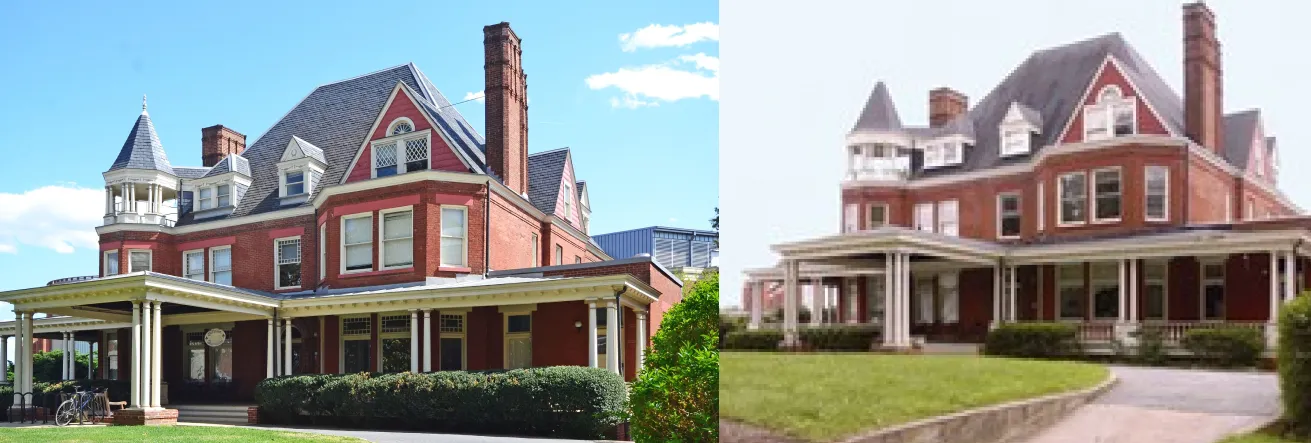
Virginia’s cities and towns are dotted with remarkable Victorian and Queen Anne homes, many of which have been lovingly preserved or restored. In Charlottesville and Albemarle County, several stand out for their architectural distinction and historical significance:
- Barringer Mansion (Charlottesville, 1894): A brick Queen Anne home with a turret, variety of windows, and Jacobean chimneys.
- Marshall-Rucker-Smith House: Features a Queen Anne form, octagonal tower, and arcading.
- King-Runkle House: Queen Anne massing and Eastlake detail.
- Stonefield: Two-story Victorian Queen Anne facade, originally a school and home.
- Turner-LaRowe House (1892): Queen Anne, later converted to apartments.
- Timberlake-Branham House (1886): Victorian details, sits on a hilltop.
- Hard Bargain: Finely detailed Victorian with a brick English basement.
- Dabney-Thompson House (1894): Queen Anne, irregular form.
- White Cross – Huntley Hall (1890): Shingle Style, a subtype of Queen Anne.
Victorian and Queen Anne in Public and Commercial Architecture
While most Victorian and Queen Anne buildings in Virginia are residential, the style also influenced public and commercial architecture. Schools, hotels, and even churches adopted Victorian-era ornament and massing, contributing to the lively streetscapes of towns and cities.
Brooks Hall at the University of Virginia, for example, is an eclectic late-19th-century building that combines motifs from various historic styles, reflecting the era’s fascination with architectural variety.
Major Architects and Builders of the Victorian Era

Key Figures in Virginia
Several architects and builders helped shape the Victorian and Queen Anne landscape in Virginia:
- D. Wiley Anderson: A prolific Richmond architect responsible for many Queen Anne and Victorian homes, including Ednam in Albemarle County.
- John R. Thomas: Designed Brooks Hall at the University of Virginia, an eclectic Victorian-era landmark.
- Marshall Swain Wells: Known for Colonial Revival and Victorian renovations and new homes, including Periwinkle Cottage.
Legacy and Influence of Victorian and Queen Anne Architecture
Transition to Colonial Revival and Modern Styles
By the early 20th century, tastes began to shift toward the more restrained lines of the Colonial Revival. However, the legacy of Victorian and Queen Anne architecture endures in Virginia’s neighborhoods, where these homes are prized for their craftsmanship, individuality, and historic charm.
Restoration and adaptive reuse projects have brought new life to many Victorian-era buildings, ensuring their continued relevance in the modern era.
Preservation and Contemporary Relevance
Today, Victorian and Queen Anne homes are treasured for their beauty, craftsmanship, and historical significance. Whether restoring a Gilded Age mansion or designing a new home inspired by Victorian precedents, the principles of variety, ornament, and individuality remain influential in Virginia architecture.
Commonwealth Contractors specializes in projects that honor and adapt these traditions for modern living, ensuring that Virginia’s architectural heritage endures for generations to come.
The Legacy of Victorian and Queen Anne Architecture in Virginia
Victorian and Queen Anne architecture in Virginia represent a period of exuberant creativity, technological innovation, and social transformation. Their eclectic forms, intricate ornament, and embrace of individuality have shaped the state’s architectural identity for over a century. The influence of these styles can be seen in every subsequent movement, from Colonial Revival to the Arts & Crafts and beyond.
If you are considering restoring a historic home, building a new residence in the Victorian or Queen Anne tradition, or simply want to learn more about Virginia’s architectural heritage, Commonwealth Contractors offers unmatched expertise and a deep respect for the region’s history. Contact us today to discuss your project and discover how we can help you bring the timeless beauty of Victorian and Queen Anne architecture to life in your home.

.svg)
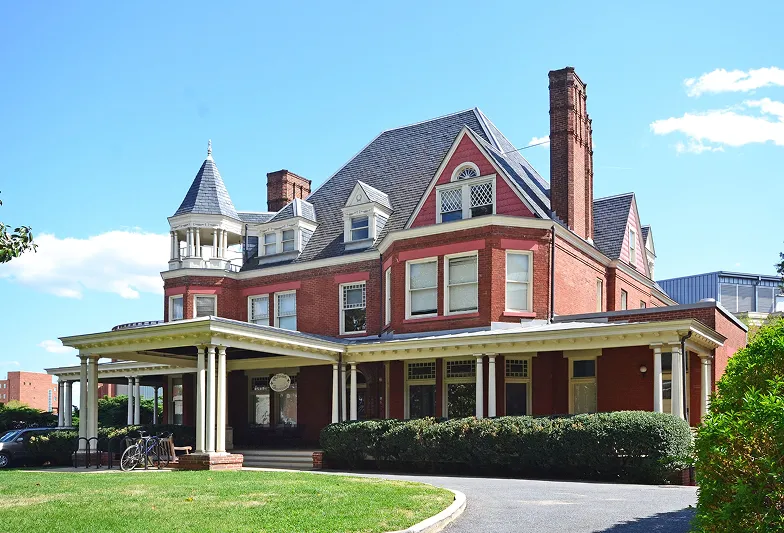

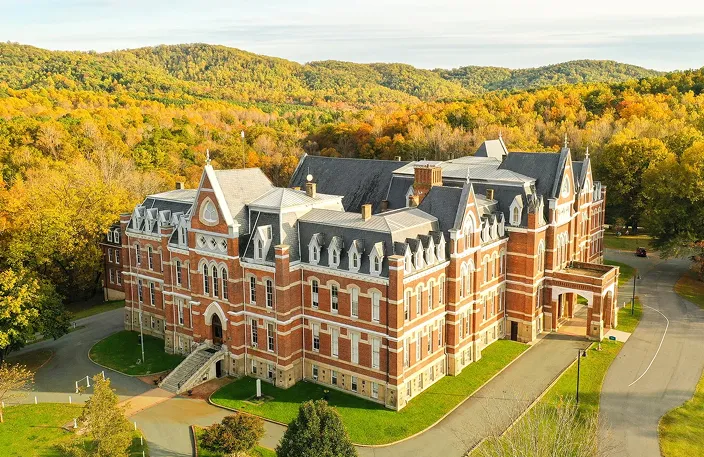
.webp)
.webp)
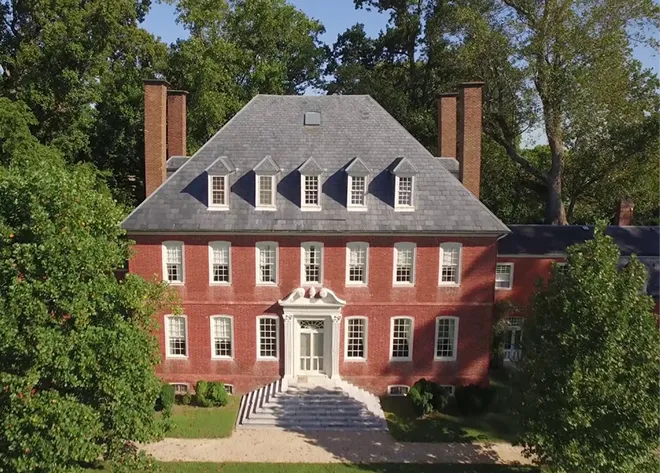
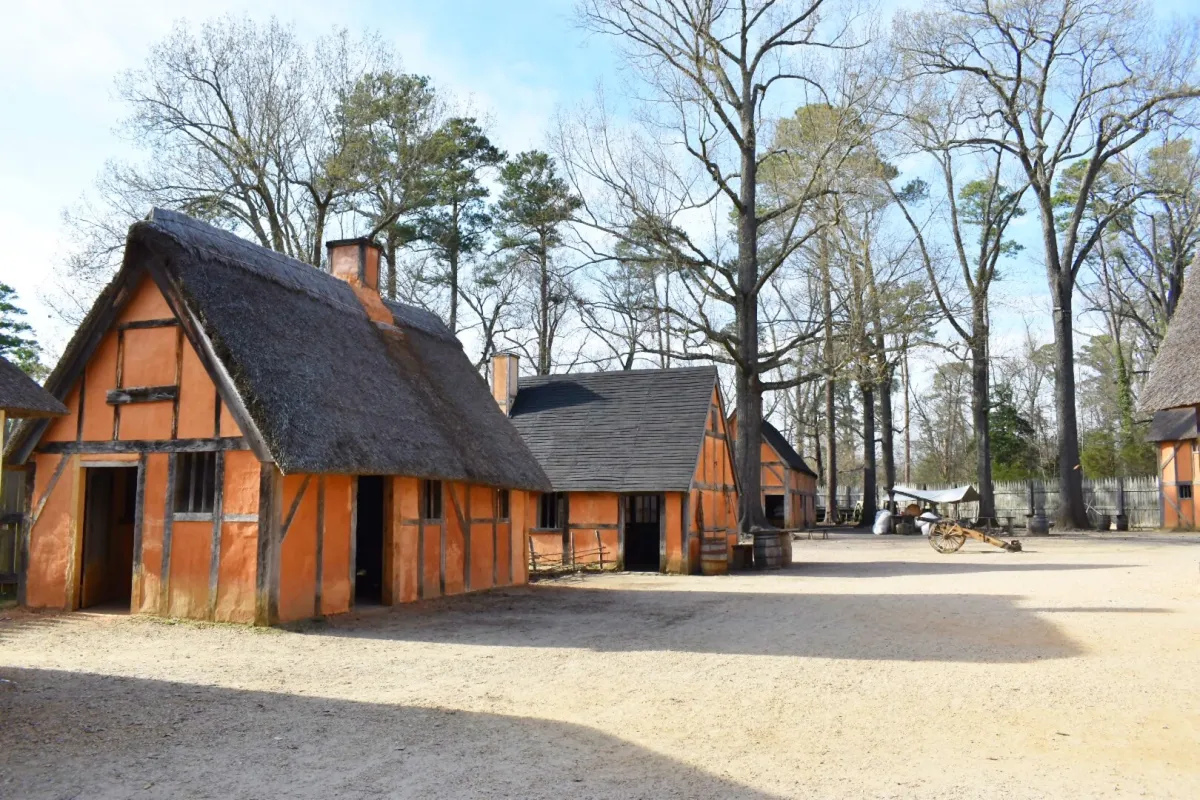
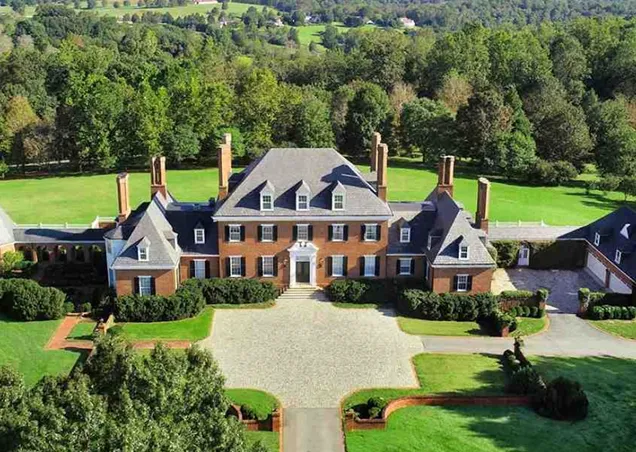
.webp)
.webp)











.webp)
.webp)

.webp)
.webp)
%2520(1).webp)
%2520(1).webp)
%2520(1).webp)

.webp)
.webp)
%2520(1).webp)
%2520(1).webp)

%2520(1).webp)
%2520(2).webp)

%2520(1).webp)
%2520(2).webp)
.webp)



.webp)
.webp)
%2520(2).webp)
.webp)
.webp)
%2520(1).webp)

.webp)
%2520(3)%2520(1).webp)
.webp)
%2520(1)%2520(1).webp)
.webp)
%2520(1).webp)
%2520(2)%2520(1).webp)